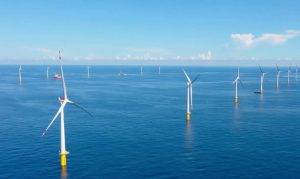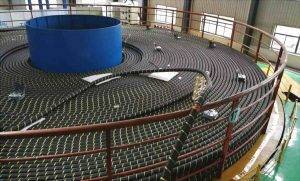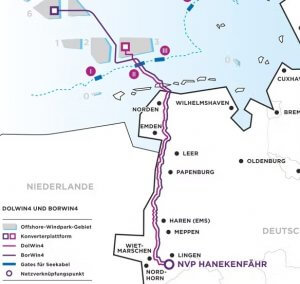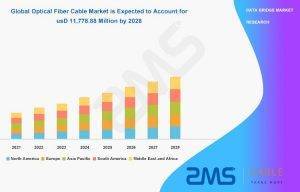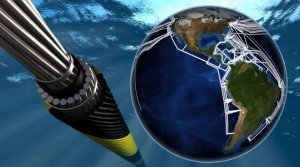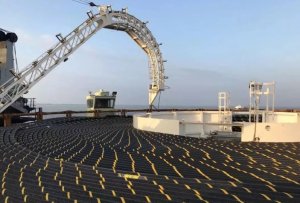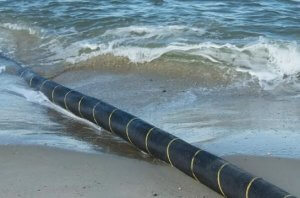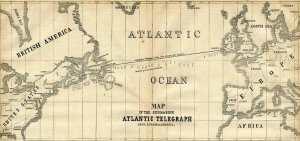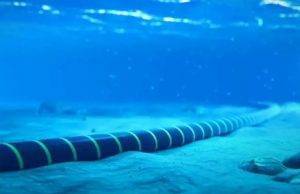Submarine cable service provider JDR, based in the UK, just got a contract Seaway 7 ASA to supply the submarine cables of 66 KV for EnBW He Dreiht offshore wind farm, in Germany.
Internet and Electric Submarine Cable

A submarine cable is a type of cable designed to be used underwater., especially in the oceans and seas. There are two main types of submarine cables: internet submarine cable and electric submarine cable.
Submarine internet cables are cables that carry internet signals and data over long distances underwater.. These cables are used to connect different countries and continents, allowing people around the world to communicate and access the internet.
electric submarine cables, on the other hand, are used to transmit electrical energy through water. These cables are mainly used to connect islands and oil rigs., as well as to transmit energy from wind farms and hydroelectric plants located in the sea.
Both types of submarine cables are built with resistant and durable materials that can withstand pressure and marine currents.. Besides, submarine cables are protected by several layers of insulation and coatings to guarantee their integrity and safety.
If you are passionate about technology and communication, You can't miss our page dedicated exclusively to submarine cables. Here you will find the latest news, investigations and discoveries in the fascinating world of connectivity by submarine cables. ZMS also offers specialized products in submarine cables.
MIST Submarine Cable to Register in Chennai and Mumbai (India)
The MIST submarine cable system of 8.100 km between Myanmar, Malaysia, India and Singapore will land on Santhome beach, en Chennai, and on Versova beach, en Mumbai, after the granting of a Coastal Control Zone permit (CRZ) by the Federal Government of India.
Siemens Energy Wins Order to Connect to German Offshore Power Grid
Siemens Energy has won an order for the converter stations for the electrical grid of the Amprion Offshore wind farms in Germany. Includes two connections, DolWin4 y BorWin4, both located in the North Sea. The order has a three-digit value of millions of euros. This is the largest order the company has received to date for the offshore grid connection.
How Submarine Fiber Optic Cables Affect the World Economy?
Today's society is inseparable from Internet communication. All the countries of the world are linked by networks. Submarine fiber optic cables are the important routes that guarantee the interconnection of the main regional networks of the world.
Prysmian Wins €250 Million Subsea Interconnection Project in Spain
The Italian electrical cable manufacturer Prysmian has won two contracts worth about 250 million euros of the operator Red Eléctrica de España, S.A.U. It is expected to provide cable installation solutions and services for two submarine interconnection projects for territories outside mainland Spain.
Southern Cross Cables Launches Subsea Network of 400 World's Longest GbE
Southern Cross Cables has announced the launch of its NEXT cable. As stated, the is the world's first single-span 400GbE service over the submarine network. This service is tested on a network of 15.840 km between Sydney, Auckland and Los Angeles.
Global Subsea Power Cable Market Set to Grow at CAGR of 12,5% until 2027
According to a comprehensive investigative report from Market Research Future (MRFR) on the analysis of the market for electrical submarine cables, submarine cables are expected to reach a valuation of 19.071,3 million dollars in 2027. The market is expected to grow at a CAGR of 12,5% during the forecast period until 2027.
How The First Intercontinental Transatlantic Submarine Cable Was Installed?
the arrival of the gutapercha in the 19th century he made the idea of a telegraph cable across the ocean a reality. Metallic cables wrapped in gutta-percha could be placed at the bottom of the sea. Electricity could flow through them without being affected by the sea.
How Subsea Fiber Optic Cables Are Laid?
Submarine communication cables are wires wrapped in insulating material. They are placed at the bottom of the sea to allow the transmission of telecommunications between countries.
The first submarine communication cables provided telegraphic communications. Later, telephone and Internet communications were introduced.. The modern fiber cable also uses fiber optic technology, so it is called submarine fiber optic cable.

